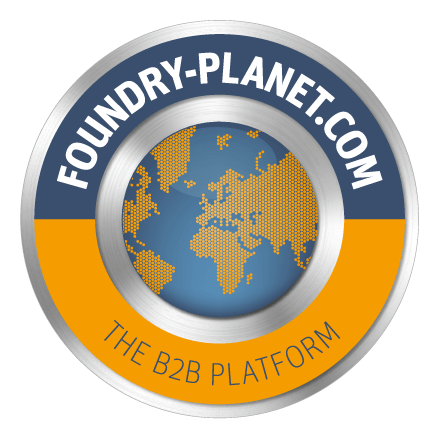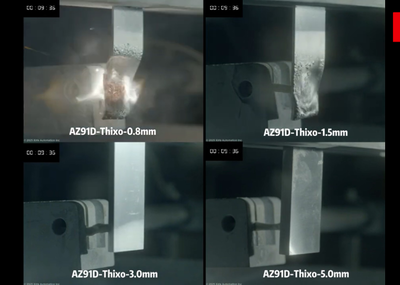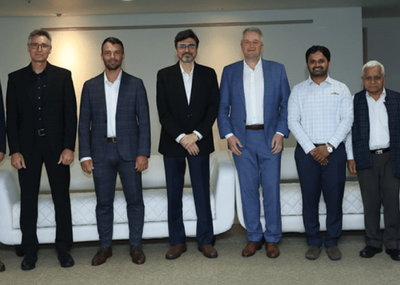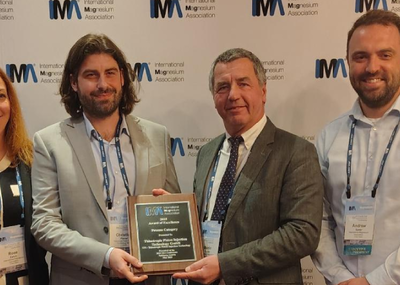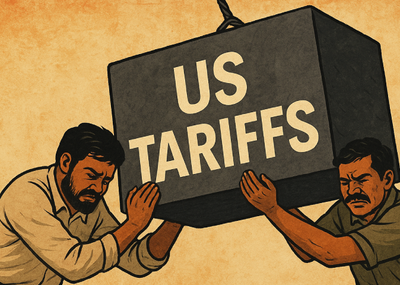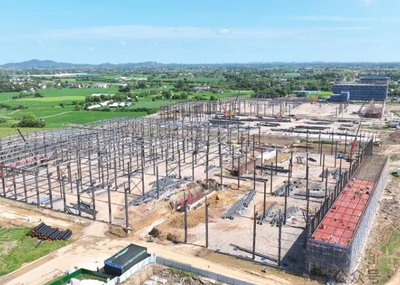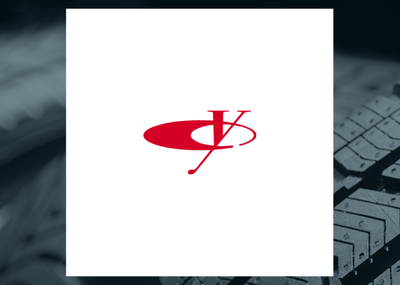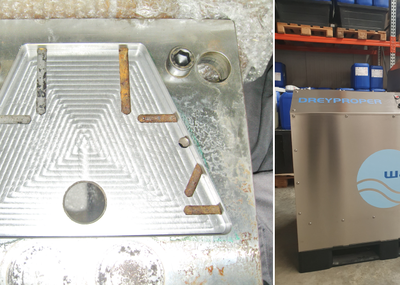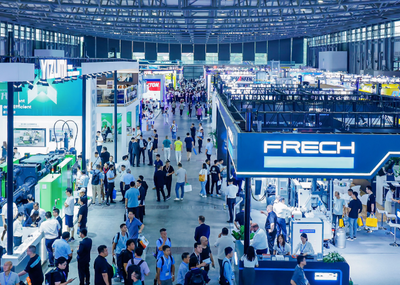Industry Innovations and Collaborations
The conference emphasized the importance of global exchange and cooperation within the magnesium industry chain. Discussions highlighted the drive for innovative applications of magnesium materials, particularly in the automotive and electronics sectors. Attendees also explored emerging developments in the global marketplace, focusing on technological advances and sustainable practices.
There was a significant focus and effort put towards cooperation with other international organizations including GDCTech in India, the Japanese Magnesium Association (JMA) and the China Magnesium Association (CMA). This was achieved through multiple global outlook sessions and also a ceremony between IMA and CMA to recognize the renewed Memorandum of Understanding (MOU) to strengthen collaboration between the two associations.
Keynote
Alan Clark, founder and Managing Director of the CM Group, Australia, delivered the keynote address. With over 25 years of experience in the analysis of global base and minor metals industries, Clark provided valuable perspectives on the economic and technical aspects of magnesium production based on important findings from the CM Group’s 2024 global magnesium market report.
Insights from the Conference
Stable Demand, But Caution on Substitutes
In the Session on Supply and Demand, the panel opened with a conversation about magnesium's demand stability and possible substitutes. Clarke emphasized the need for caution when assuming that magnesium has no viable alternatives. He noted that magnesium remains uniquely valued for specific applications – though he remarked that its growth outlook would likely be measured.
China's Dominance and Pricing Mysteries
A major topic of discussion was China's dominant role in global magnesium production. Ricardo Vicintin, president and CEO of RIMA Industrial S/A, pointed out that China’s magnesium price has fallen below that of aluminum—an unprecedented scenario that is reshaping global supply dynamics. In his opinion, the low cost of magnesium production in China, fueled by cheap energy sources and favorable policies, has created a competitive imbalance that no other region has been able to match.
Vicintin noted with curiosity that despite China’s significant cost advantage in magnesium production, its automotive industry has not fully harnessed this potential. He pointed out that China continues to import aluminum scrap to produce aluminum for similar applications, even though magnesium is available domestically at a lower price. This situation may reflect complex market or policy factors that have yet to be fully understood.
Magnesium’s Strategic Role in Key Industries
Panelists took the opportunity to highlight magnesium’s essential role in producing titanium and zirconium alloys—materials vital to aerospace engineering, defense, and nuclear reactor components. Magnesium’s powerful reducing properties make it a cornerstone in the extraction and refining processes of these strategic metals. For instance, in aerospace applications, the lightweight and high-strength properties of titanium, enabled in part by magnesium’s role in its production, contribute directly to fuel efficiency and performance. In the nuclear sector, zirconium alloys are critical for cladding nuclear fuel rods, and magnesium’s reducing power is indispensable in their manufacture.
Adding to this perspective, Dr. David Dreisinger, CEO of Atlas Materials and renowned hydrometallurgist and professor at the University of British Columbia, emphasized the importance of enhancing the sustainability of these strategic applications. During the supply and demand panel, he outlined how emerging hydrometallurgical techniques could modernize magnesium extraction while significantly lowering energy consumption and emissions. He also addressed the risks associated with regional supply concentration and advocated for a more diversified magnesium sourcing strategy − including greater use of recycling and secondary materials.
These examples underscore magnesium’s irreplaceable role in safeguarding critical supply chains and advancing key technologies that support energy, transportation, and defense sectors worldwide. These applications represent a strong argument for investing in a stable, globally diversified magnesium supply, given their importance to economic security and industrial innovation.
Speakers noted that new and upgraded processing technologies, such as semi-solid casting processes, hold promise for expanding magnesium’s applications in industries like 3C (computers, communication, and consumer electronics), but also in larger Automotive applications. Magnesium Hydride represents promising use for large-scale hydrogen transport and storage. However, these technologies are still emerging, and their commercial viability remains to be seen.
Panelists agreed that the automotive industry, especially in China, represents one of the largest growth opportunities for magnesium. However, challenges remain − particularly concerning the geopolitical and economic uncertainties due to companies relying on a single country for supply. The need for a more geographically diverse production base was a recurring theme.
Alan Clarke concluded the Supply and Demand Panel by reiterating that the magnesium industry’s future hinges on diversifying production sources and expanding applications. Without this diversification, magnesium will continue to struggle against substitute materials, especially in a world of geopolitical uncertainties and shifting industrial priorities.
Sustainability and Magnesium's Future
A significant focus was placed on sustainable practices within the magnesium industry. Discussions highlighted the importance of reducing environmental impacts through innovations in production and recycling processes. Attendees examined strategies for enhancing magnesium's role in a circular economy, emphasizing the metal's potential in lightweight applications that contribute to energy efficiency.
The IMA Sustainability Committee, in strategic partnership with the German Aerospace Center (DLR), is actively developing an industry-wide sustainability roadmap aimed at decarbonizing the global magnesium value chain. This initiative is spearheaded by Dr. Elmar Beeh, Chair of the IMA Sustainability Committee and Head of the Department of Material and Process Applications for Road and Rail Vehicles at the DLR’s Institute of Vehicle Concepts in Stuttgart, Germany.
Advancements in Surface Engineering & Biomedical
ELB - Eloxalwerk Ludwigsburg Helmut Zerrer GmbH presented their Ultraceramic® plasma-electrolytic oxidation (PEO) technology. This innovation offers enhanced corrosion resistance and durability, particularly in biodegradable implants
